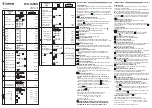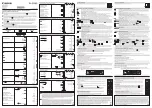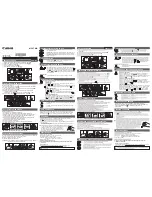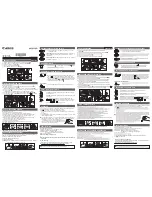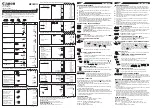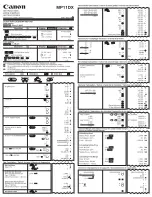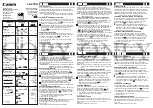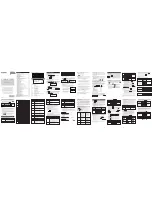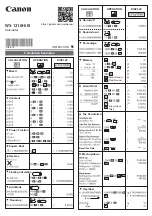
Applications 17-17
8317APPS.DOC TI-83 international English Bob Fedorisko Revised: 02/19/01 1:00 PM Printed: 02/19/01 1:39 PM
Page 17 of 20
Find the area given
B=6
, and
N=10
,
100
,
150
,
1000
, and
10000
. Compare your results with
p
6
2
(the area of a circle
with radius 6), which is approximately 113.097.
7. Enter
B=6
. To find the area
A
, move the cursor onto
A
,
and then press
ƒ
[
SOLVE
]. Find
A
for
N=10
, then
N=100
, then
N=150
, then
N=1000
, and finally
N=10000
.
Notice that as
N
gets large, the area
A
approaches
p
B
2
.
Now graph the equation to see visually how the area
changes as the number of sides gets large.
8. Press
z
. Select the default mode settings.
9. Press
p
. Set the viewing window.
Xmin=0
Ymin=0
Xres=1
Xmax=200
Ymax=150
Xscl=10
Yscl=10
10.Press
o
. Turn off all functions and stat plots. Enter the
equation for the area. Use
X
in place of
N
. Set the graph
styles as shown.
11.Press
r
. After the graph is plotted, press
100
Í
to trace to
X=100
. Press
150
Í
. Press
188
Í
.
Notice that as
X
increases, the value of
Y
converges to
p
6
2
, which is approximately 113.097.
Y
2
=
p
B
2
(the area of
the circle) is a horizontal asymptote to
Y
1
. The area of
an N-sided regular polygon, with r as the distance from
the center to a vertex, approaches the area of a circle
with radius r (
p
r
2
) as N gets large.































